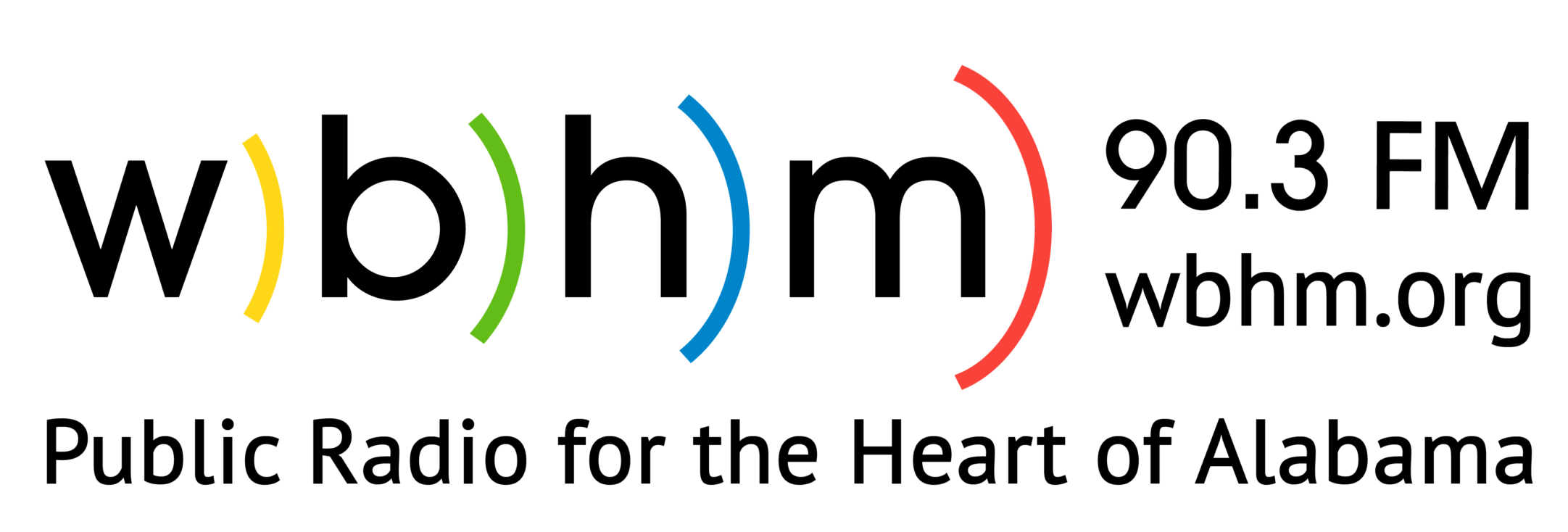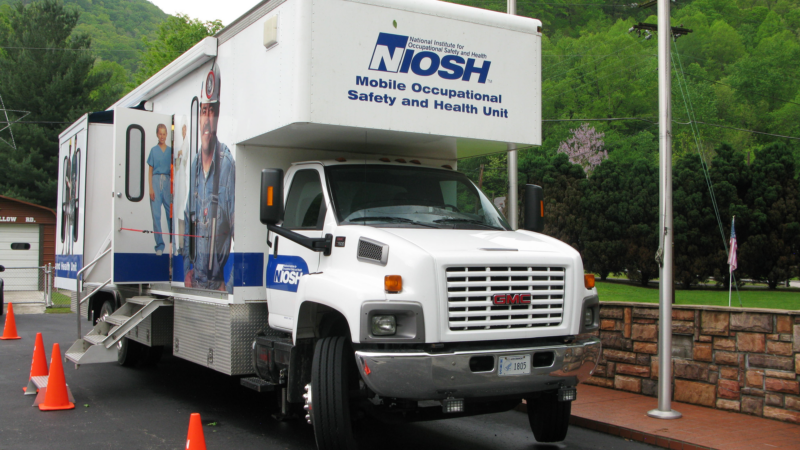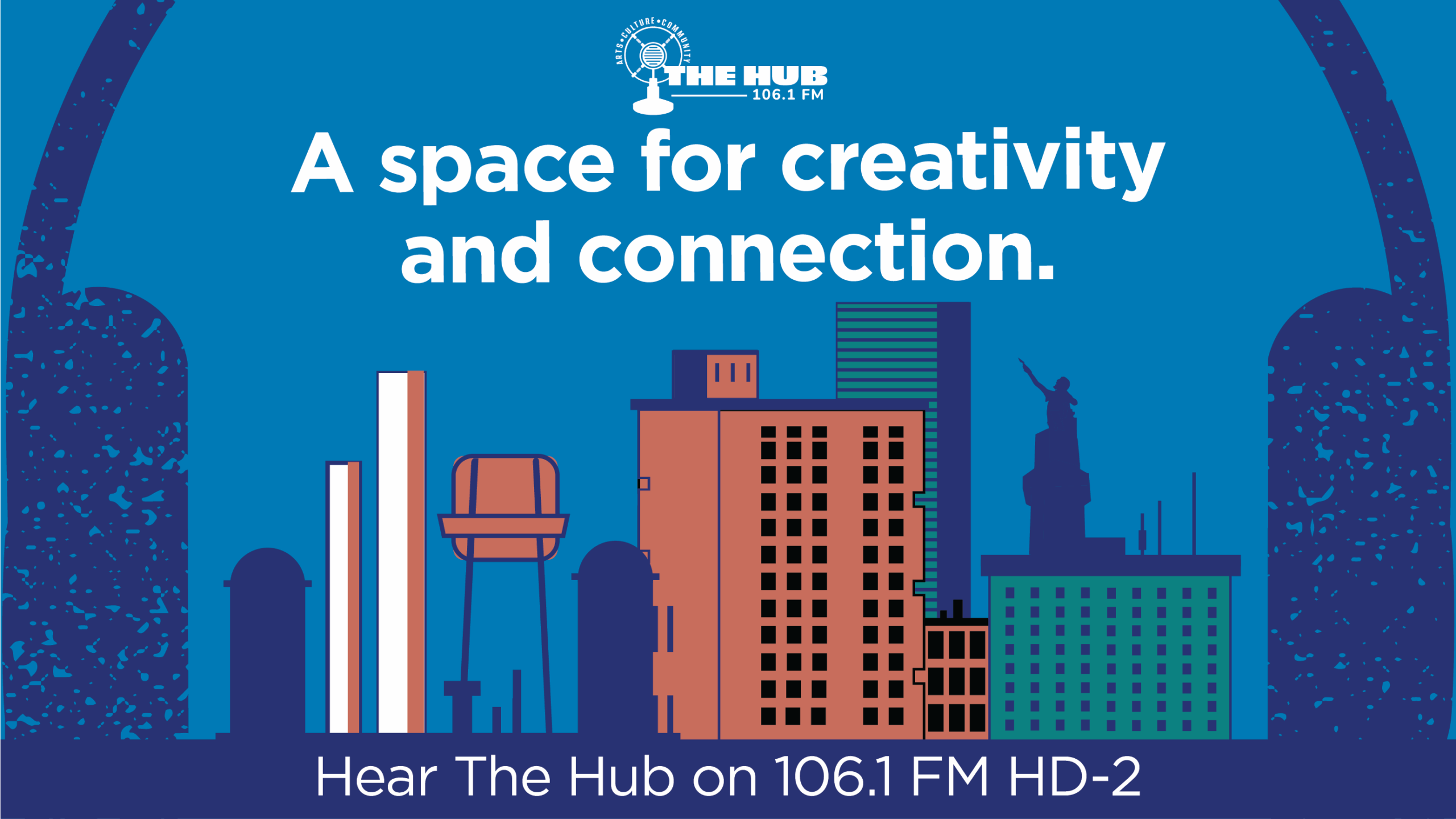Coal miners’ health care hit hard in job cuts to CDC
Sam Petsonk grew up around southern West Virginia’s mining communities, visiting patients with his father, one of the country’s first doctors to specialize in Black Lung Disease.
“When I was a child, I’d look up and I’d see coal miners — seemingly larger than life, doubled over coughing, scarcely able to walk, work or breathe,” Petsonk says, “I’ve seen it my whole life. I remember it as a kid, and still see it today.”
Today, Petsonk’s whole law practice in Oak Hill, W.Va., exclusively represents coal miners. He often takes cases of people sickened on the job, and he relies on the records gathered by the respiratory health unit of the National Institute for Occupational Safety and Health, a division of the Centers for Disease Control and Prevention that runs the Coal Workers’ Health Surveillance Program. It offers, essentially, a very unique kind of guaranteed workplace healthcare: By law, it gives every miner in the country – roughly 50,000 – access to care for free.
The 25 people working in that unit were put on immediate administrative leave on April 1; they are out of their jobs, along with about 10,000 other federal health workers later this spring.
The lab sent mobile x-ray units to mines to screen miners regularly. It authorized job transfers for miners showing signs of disease. And the unit also trained and certified doctors to read specialized lung scans. Petsonk says that health service has become an essential part of mining life. But President Trump’s sweeping cutbacks at the nation’s health agencies last week included this small team running a program coal miners are entitled to by law.
“It’s a bedrock institution for the medical profession that has been obliterated,” Petsonk says. “It’s just unacceptable.”
The program’s roots date back to a lethal Farmington, W.Va. mining explosion that killed 78 workers in 1968. The disaster led to passage of the Federal Coal Mine and Safety Act, which in turn added the miners’ surveillance program under the respiratory health division at NIOSH.
Lawsuit filed
Late Monday, Petsonk filed a class-action lawsuit against Robert F. Kennedy Jr and the agency he now runs, the U.S. Department of Health and Human Services, to reinstate the respiratory health unit within CDC’s National Institute of Occupational Safety and Health that ran the program epidemiologist Scott Laney calls “the nation’s doctor for coal miners.”
Laney headed research at the coal workers’ surveillance program in Morgantown W.V., until he was placed on administrative leave April 1. Laney says with no staff, the coal worker health surveillance program and its database of x-rays, medical records, and mobile screening vans are abandoned.
He notes that program singlehandedly reduced Black Lung Disease from affecting nearly 40% of longtime coal workers to as low as 2%, around 2000. But in recent years, lung disease for miners has become a major concern again, Laney says, because coal increasingly comes from mines embedded in sandstone, and which generates dust that’s 20 times more damaging to lungs than coal. That means miners are getting sicker, younger — and without the monitoring of coal miners, he says, people will die — and no one will be keeping score.
“It’s going to have impacts on my neighbors; it’s going to be killing young men,” Laney says. “And that story will go untold.”
Last week, Laney and others working in the country’s health agencies were thrown into chaos, amid another round of federal cuts. He and other managers were left trying to find out who among their colleagues remained employed. Laney says with nearly everyone eliminated from his office, it became clear the coal miners’ program could not continue at all.
Trusted by miners
But news of the program’s recent fate has not yet reached the coal miners affected, says Dr. Drew Harris, a pulmonologist and director of the Black Lung Program at Stone Mountain Health, the only such free program in Virginia. He says the coal worker health program is trusted and universally relied upon in these communities.
“In Central Appalachia, it’s a big deal,” he says. “These are towns that basically were built around coal mining, and coal miners are like the heart and soul of this community and economic livelihood for generations.”
Harris says today’s mines are full of sand dust, and he sees patients who, by age 40, need double lung transplants. Black Lung Disease, he says, is not a thing of the past, and surveillance is still needed.
“If that goes away, then, you know, people won’t know that they have Black Lung at an earlier age and more people are going to end up with severe disease because they didn’t diagnose it earlier.”
Transcript:
AILSA CHANG, HOST:
President Trump’s sweeping cuts at federal health agencies include the Coal Workers’ Health Surveillance Program. Over the past half century, that program dramatically reduced black lung disease, which once sickened or killed over a third of miners. Mining communities must now grapple with its disappearance. NPR’s Yuki Noguchi reports.
YUKI NOGUCHI, BYLINE: Sam Petsonk grew up in southern West Virginia, visiting patients with his father, one of the country’s first doctors to specialize in black lung disease.
SAM PETSONK: When I was a child, I’d look up and I’d see coal miners, seeming larger than life, you know, doubled over, coughing, scarcely able to walk, work or breathe.
NOGUCHI: Today, Petsonk’s entire law practice represents coal miners sickened on the job. For his work, he relies heavily on a unit of the National Institute for Occupational Safety and Health, which runs the Coal Workers’ Health Surveillance Program. The program ran a very unique kind of workplace health benefit. By law, it gave every miner in the country access to care for free. It sent mobile X-ray units to mines for regular screenings. It authorized job transfers for miners showing signs of disease, and the 25-person unit also trained and certified doctors to read specialized lung scans. Petsonk says it’s an essential part of mining life. But as of last week, the Centers for Disease Control and Prevention slashed staff, and it is not operating.
PETSONK: It’s a bedrock institution for the medical profession that has been obliterated. It’s just unacceptable.
NOGUCHI: Yesterday, Petsonk filed suit against Health and Human Services and its new head, Robert F. Kennedy Jr., to reinstate the unit. Epidemiologist Scott Laney headed research at that Morgantown, West Virginia, office until he was placed on administrative leave on April 1.
SCOTT LANEY: We are the nation’s doctors for coal miners when it comes to their lung health.
NOGUCHI: Laney says with no staff, the Coal Worker (ph) Health Surveillance Program and its database of X-rays, medical records and mobile screening vans are abandoned. He says his unit single-handedly reduced rates of black lung disease among longtime miners, from about 40% to under 5%. But it’s still a huge concern today, as coal mines cut more from sandstone, which generates dust 20 times more harmful than coal. Without monitoring, Laney says, coal miners will die, and no one will keep score.
LANEY: It’s going to have impacts on my neighbors. It’s going to be killing young men. And that story will go untold.
NOGUCHI: Dr. Drew Harris says most miners are unaware of the program’s recent fate. Harris is a pulmonologist who directs the Black Lung Program at Stone Mountain Health, the only such free clinic in Virginia.
DREW HARRIS: We hear coal trains running behind the clinic intermittently throughout the day.
NOGUCHI: Harris says the lung surveillance program is trusted and universally relied upon.
HARRIS: In central Appalachia, it’s a big deal. I mean, these are towns that basically were built around coal mining. And coal miners are, like, the heart and soul of this community and sort of the economic livelihood for generations.
NOGUCHI: Harris says high levels of sand dust mean some patients need double lung transplants by age 40. The program, he says, is still very necessary.
HARRIS: If that goes away, then, you know, people won’t know that they have black lung at an earlier age, and more people are going to end up with severe disease because they didn’t diagnose it earlier.
NOGUCHI: Officials from CDC and Health and Human Services did not respond to requests for comment. Yuki Noguchi, NPR News.
(SOUNDBITE OF 4FARGO SONG, “GET HER”)
White House says ‘all options’ are on the table for Greenland, including diplomacy
President Trump has long expressed an interest in acquiring Greenland. White House press secretary Karoline Leavitt says Trump isn't ruling out any options, but that diplomacy is his "first option."
ICE agent fatally shoots woman in Minneapolis amid immigration crackdown
The Department of Homeland Security accused the victim of being a "rioter" and that the ICE officer who pulled the trigger was "fearing for his life." Mayor Jacob Frey rejected claims of self-defense.
U.S. population growth is slowing. The immigration crackdown is a major factor
Congressional forecasters have lowered their projection for U.S. population growth over the next decade by 7 million people as a result of the Trump administration's immigration crackdown as well as falling birth rates.
Nick Reiner’s attorney removes himself from case
Defense attorney Alan Jackson said that circumstances beyond his and Reiner's control made it "impossible" to continue representation.
Béla Fleck cancels Kennedy Center appearance, says it’s become ‘charged and political’
The 18-time Grammy Award winner is the latest musician to cancel an show at the Kennedy Center. Béla Fleck says he cannot currently perform there because it "has become charged and political."
How large is Greenland, really? Your map may be deceiving you
Talk of annexation has Greenland in the news again. But due to quirks of cartography, some common maps show the territory much larger than it is.






